A 50 mph electric bike for adults combines high-speed performance with long-distance capability, typically achieving 40 to 80 miles per charge. Powered by 2000W–5000W motors, these bikes deliver rapid acceleration while maintaining efficiency. TST EBike models are engineered to optimize battery life, torque, and rider comfort, offering reliable solutions for commuting, adventure riding, and off-road exploration.
How far can a 50 mph electric bike travel on a single charge?
The distance depends on battery size, terrain, and rider behavior. With 52V–60V batteries of 20Ah or higher, riders can expect 55–85 miles. Eco and pedal-assist modes extend range further, while heavy loads or steep climbs reduce distance. TST EBike integrates energy-efficient systems and lightweight frames, ensuring maximum endurance. A 60V 25Ah battery can reach up to 85 miles on flat terrain at moderate speeds.
| Battery Capacity | Estimated Range | Riding Mode |
|---|---|---|
| 48V 15Ah | 40–50 miles | Full throttle |
| 52V 20Ah | 55–70 miles | Mixed |
| 60V 25Ah | 70–85 miles | Eco/Pedal assist |
What factors influence the acceleration of a 50 mph electric bike?
Acceleration relies on motor wattage, torque, controller settings, and tire traction. High-torque 3000W motors achieve 0–30 mph in roughly four seconds. Mid-drive motors provide smooth hill climbing, while hub motors deliver consistent thrust. Battery discharge rate and weight distribution also impact launch performance. TST EBike emphasizes balanced torque and durable battery systems for steady acceleration across terrains.
Which motor power provides the best overall performance?
Optimal performance is achieved with 3000W–5000W motors. 5000W motors reach 50 mph effortlessly, while 3000W options offer extended range and smoother control for everyday riding. Efficient cooling and high-performance controllers maintain consistent operation on steep or prolonged rides. TST EBike employs advanced thermal management technology in motor housings to maximize efficiency and reliability.
How do rider weight and terrain affect range?
Additional weight and challenging terrain reduce battery efficiency. Every 20 pounds can decrease range by 5–8%. Uphill climbs and off-road trails consume more power, whereas smooth roads maximize efficiency. TST EBike’s dual-suspension design manages varied terrains without compromising battery life, ensuring comfort and consistent power delivery even with heavier riders or rugged conditions.
Why do some high-speed e-bikes show lower range despite large batteries?
Range can be shortened by aggressive riding, continuous high speeds, or inefficient motor configurations. Other influences include tire pressure, wind resistance, and absence of regenerative braking. TST EBike addresses these factors with smart battery management systems and fine-tuned speed controllers, optimizing energy output while preserving battery life.
Can a 50 mph electric bike be practical for daily commuting?
Yes. Riders covering 10–25 miles daily can benefit from faster travel times. Limiting top speeds to 30 mph increases safety and comfort. TST EBike commuter models include adjustable pedal assist, road-legal lighting, and ergonomic design, offering a practical alternative to cars for urban environments without sacrificing performance.
What maintenance practices extend the lifespan of a high-speed e-bike?
Maintain battery charge above 20%, ensure proper tire pressure, inspect brakes monthly, and clean the chain regularly. Checking motor wiring and storing the bike in dry conditions protects components. TST EBike recommends annual professional inspections to preserve peak performance and maximize battery and motor longevity.
Does weather impact e-bike performance and range?
Yes. Cold can reduce battery output by up to 25%, while heat affects electronics. Rain has minimal effect if waterproofing is present, though traction may decrease. TST EBike frames and electrical systems feature water-resistant casings and sealed connectors to maintain reliability in diverse weather conditions.
Could riding a 50 mph e-bike require a license?
Regulations differ by region. E-bikes exceeding 28 mph are often classified as motor vehicles, necessitating registration, licensing, or insurance. TST EBike models include speed-limit customization to comply with class 2 or 3 e-bike regulations for street use. Always verify local rules before riding.
TST EBike Expert Views
“At TST EBike, our mission is to integrate speed, safety, and sustainable mobility. High-speed e-bikes combine advanced battery systems and powerful motors to deliver consistent torque and dependable performance. Our bikes undergo extensive testing to ensure stability and efficiency, enabling riders to experience both urban commuting and off-road adventures with confidence and control.”
Is investing in a 50 mph e-bike worthwhile?
For riders prioritizing speed, range, and versatility, these e-bikes are a strong choice. They outperform standard commuters in acceleration and endurance but require proper safety gear and maintenance. TST EBike offers cost-effective options with strong power-to-weight ratios, making them appealing to performance enthusiasts and adventure riders alike.
Summary: Key Takeaways for Riders
50 mph electric bikes deliver exceptional acceleration, extended range, and adaptability across diverse terrains. TST EBike excels at combining affordability with advanced design, providing durable, high-performance bikes suitable for commuting, off-road adventures, and recreational use. Riders benefit from balanced torque, energy-efficient systems, and ergonomic comfort, making high-speed e-bikes practical and thrilling transportation solutions.
FAQs
1. What is the expected battery lifespan of a 50 mph e-bike?
Typically 600–1000 charge cycles, lasting three to five years with routine care.
2. Are these e-bikes suitable for beginner riders?
They are best for experienced riders familiar with high-speed handling and torque management.
3. How long does a full charge take?
Charging usually requires 6–10 hours, depending on battery capacity and charger type.
4. Can 50 mph e-bikes handle off-road conditions?
Yes. Many models feature rugged tires and suspension systems for trail riding.
5. What is the price range for high-speed e-bikes?
Expect $2,000–$5,000 for reliable models with strong motors and durable battery systems.

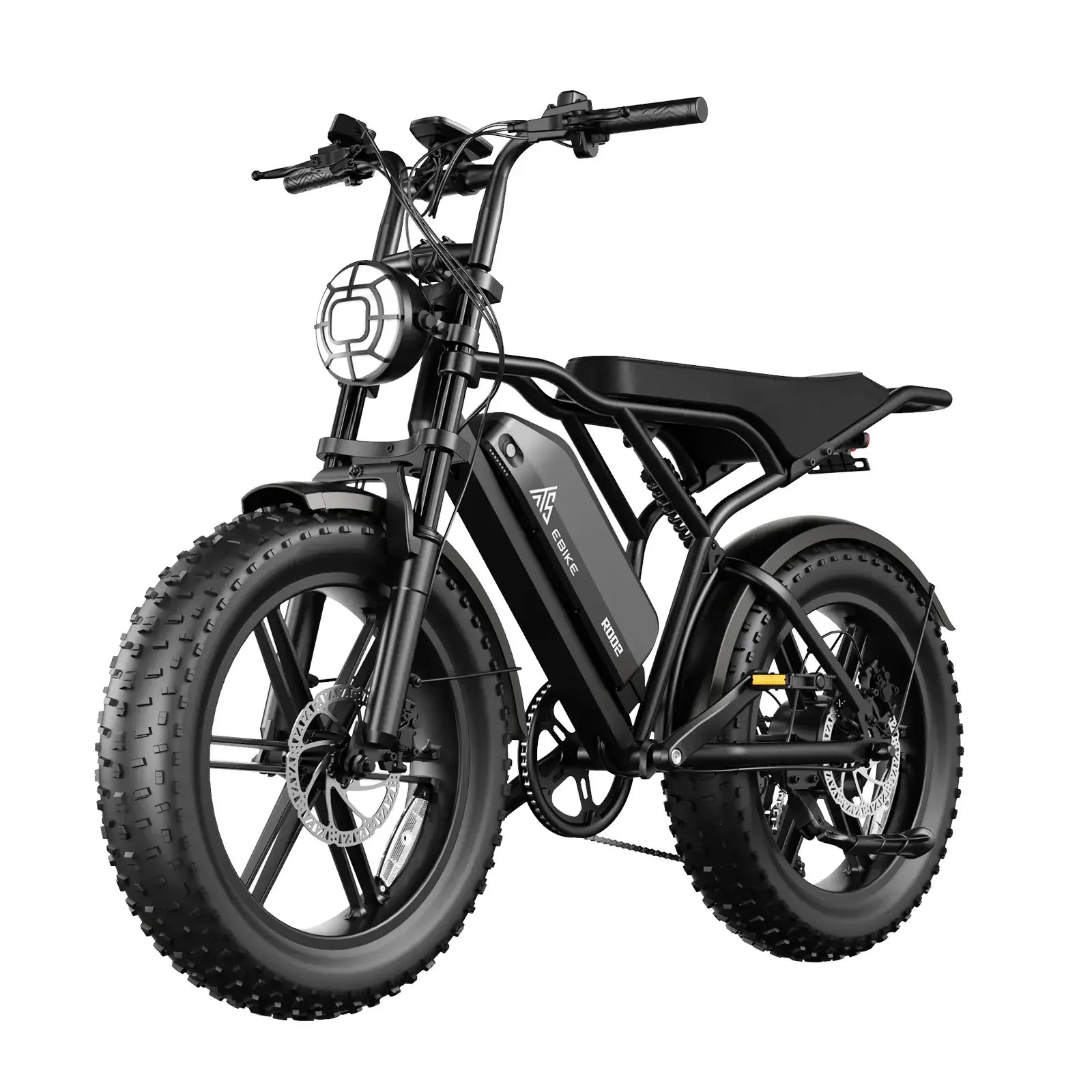

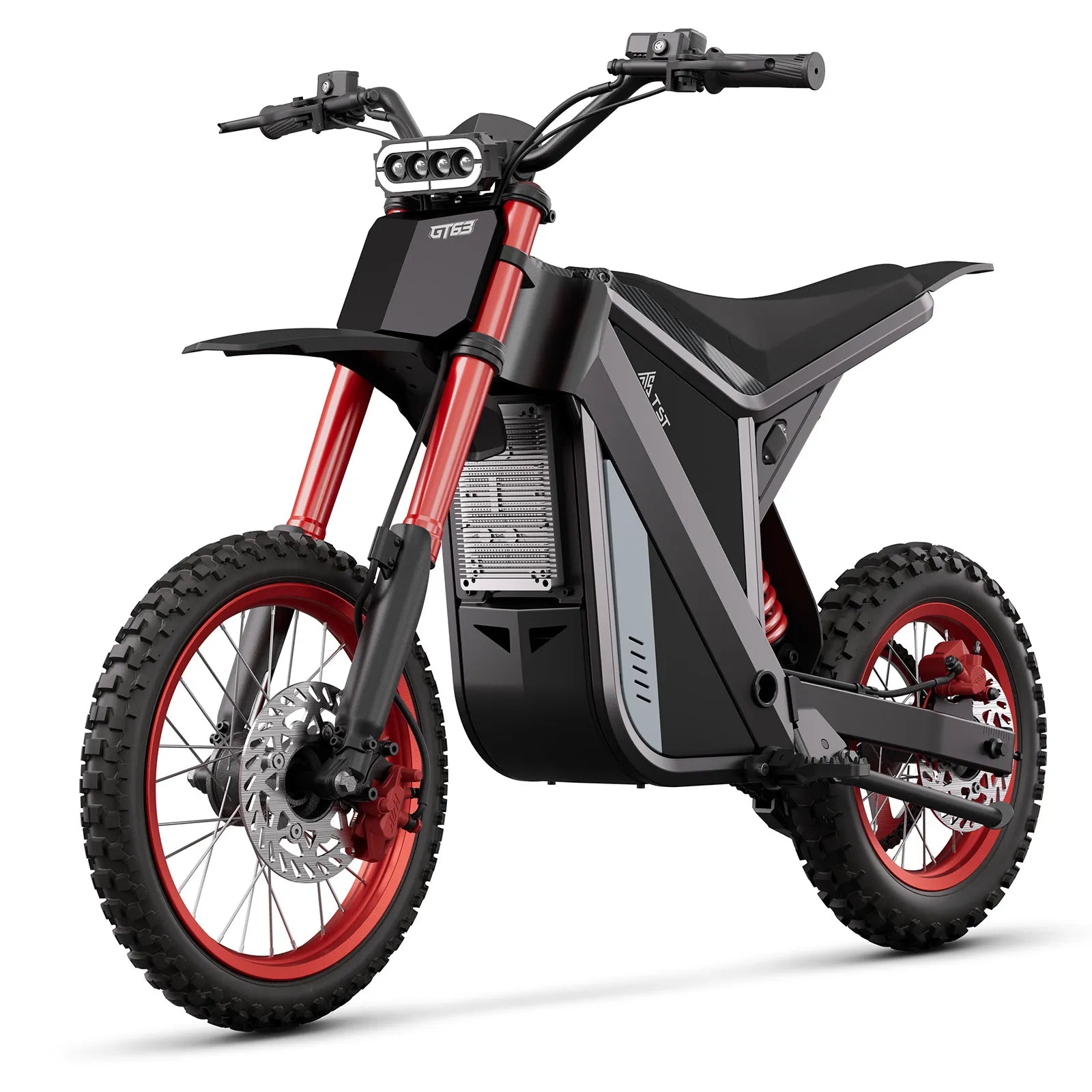



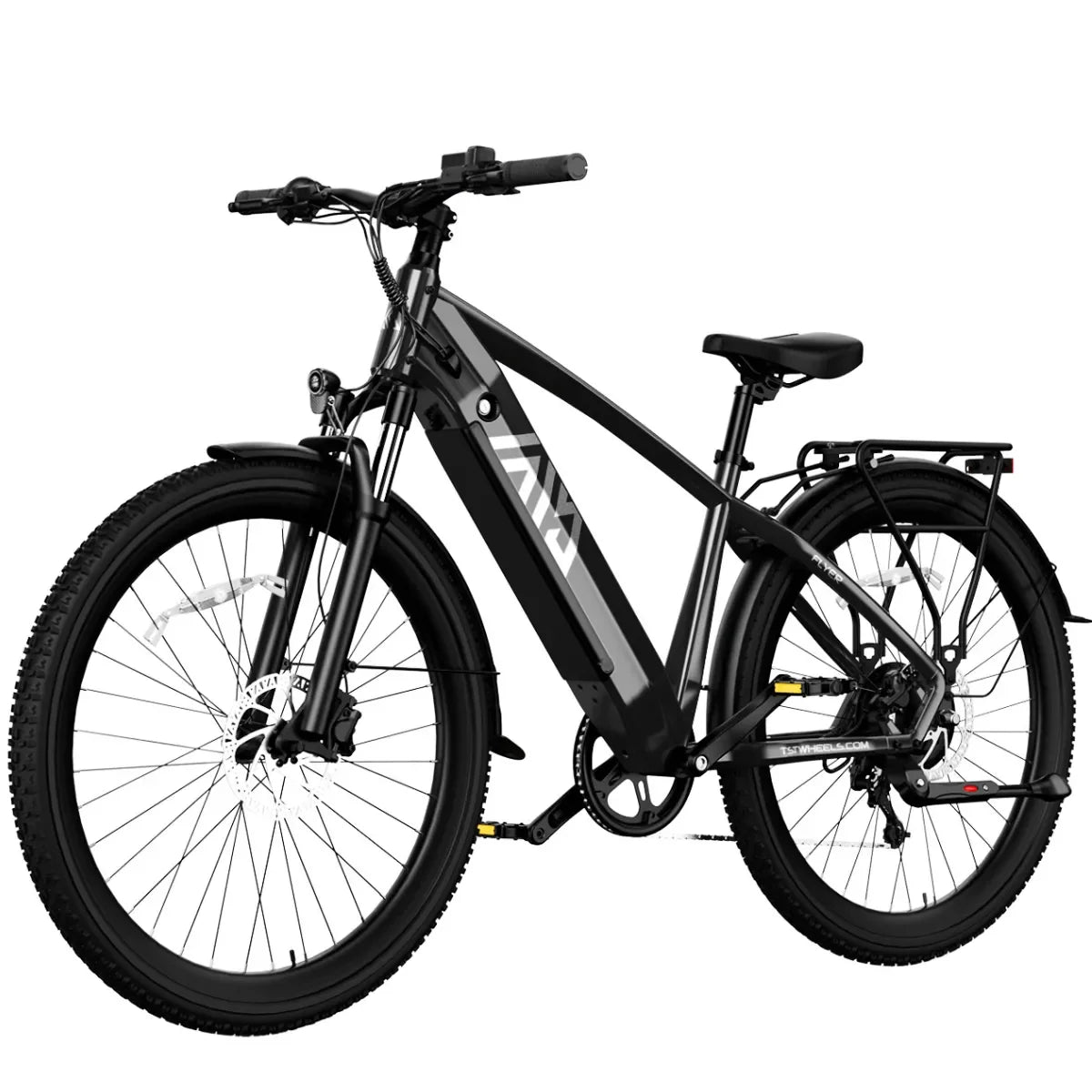

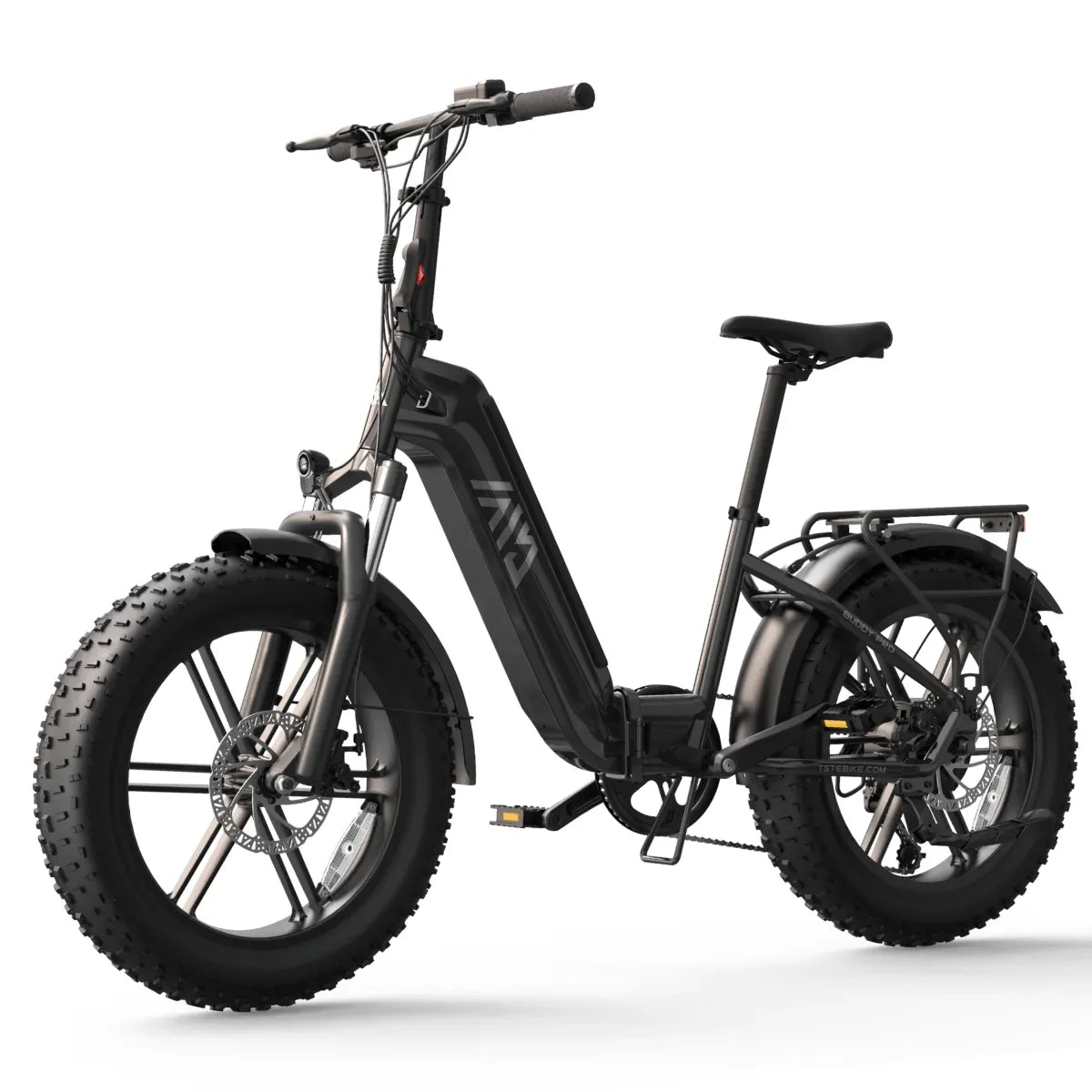
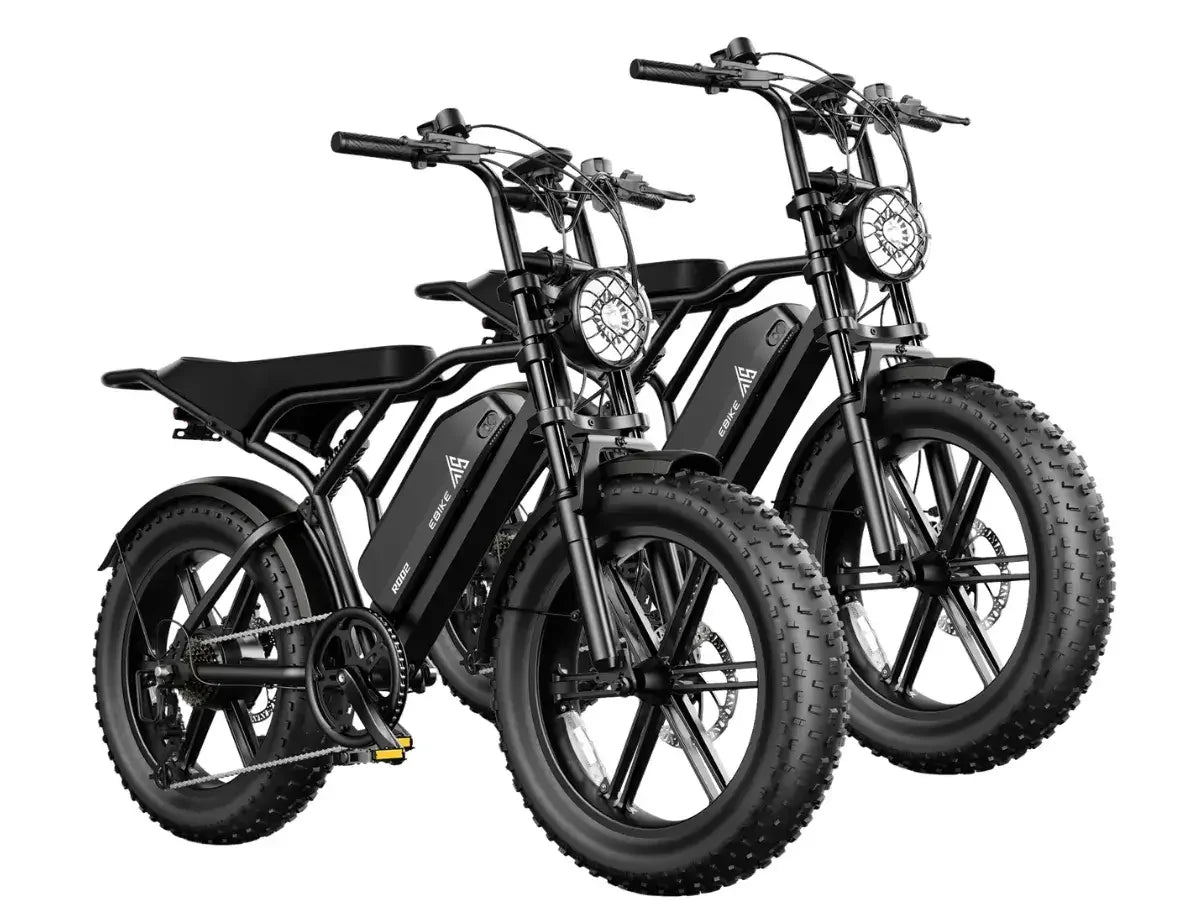
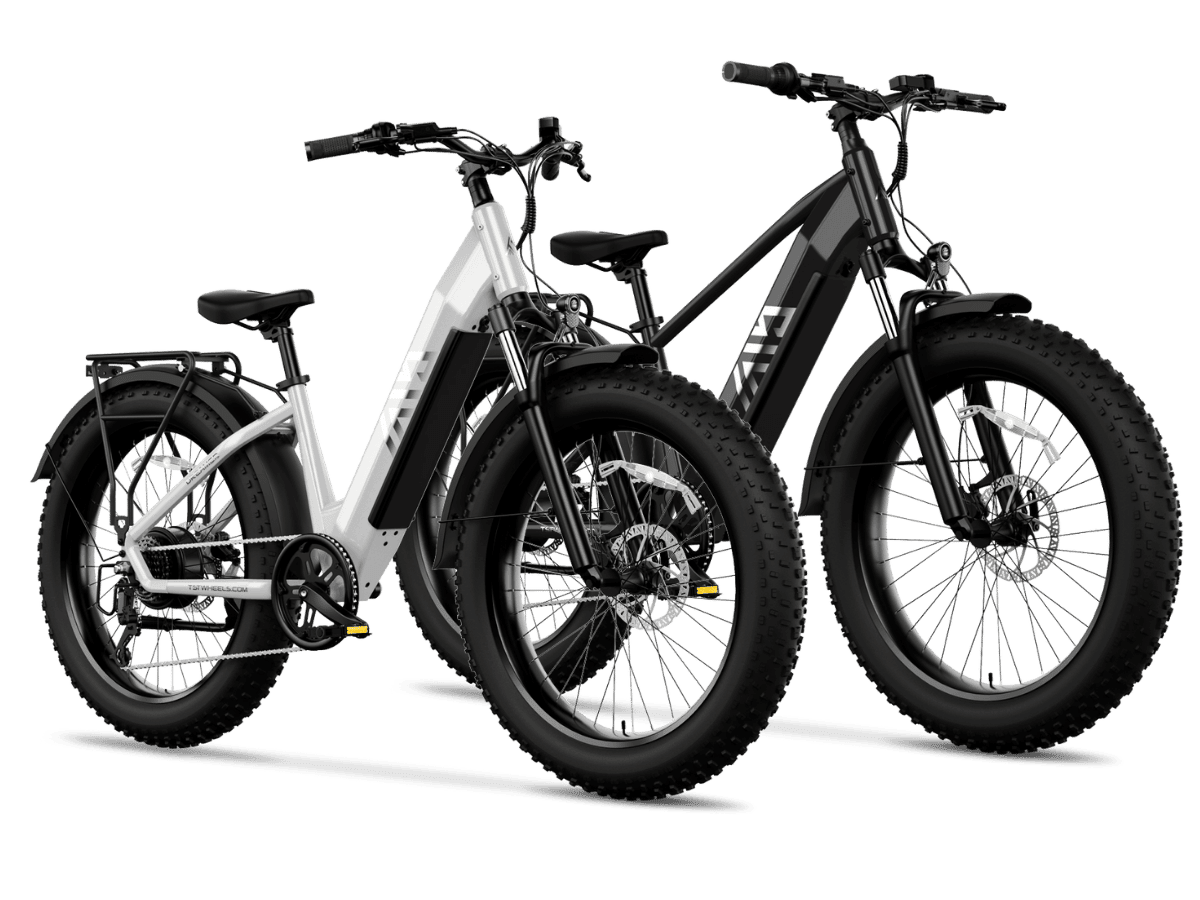
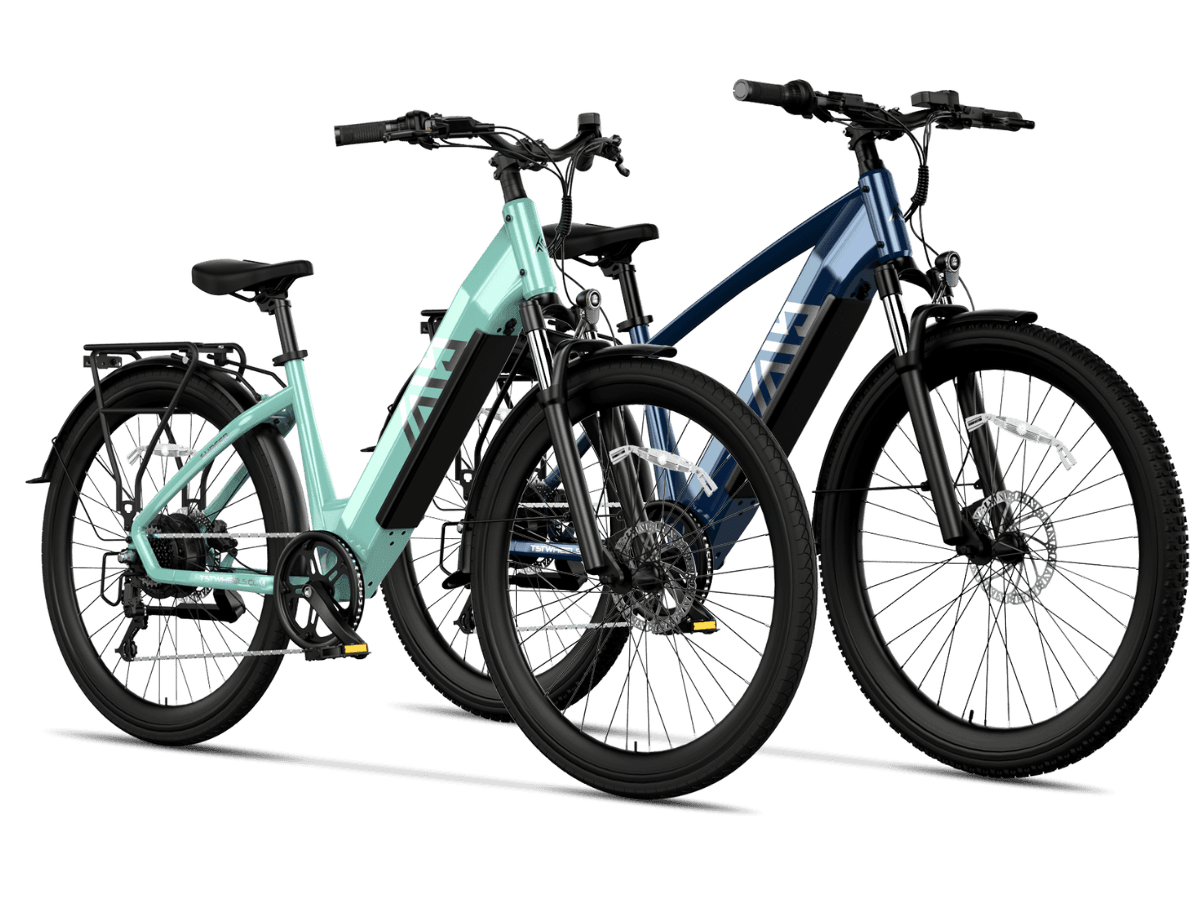
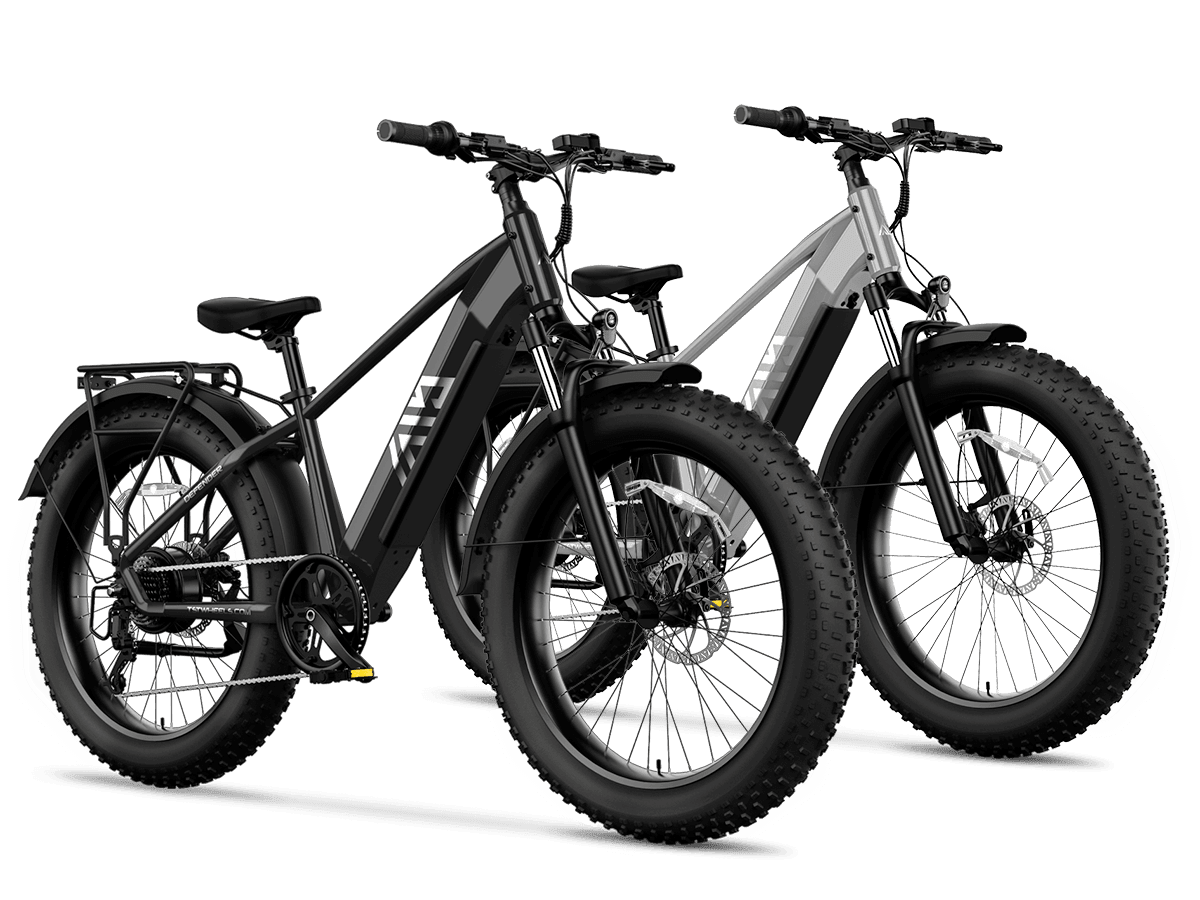
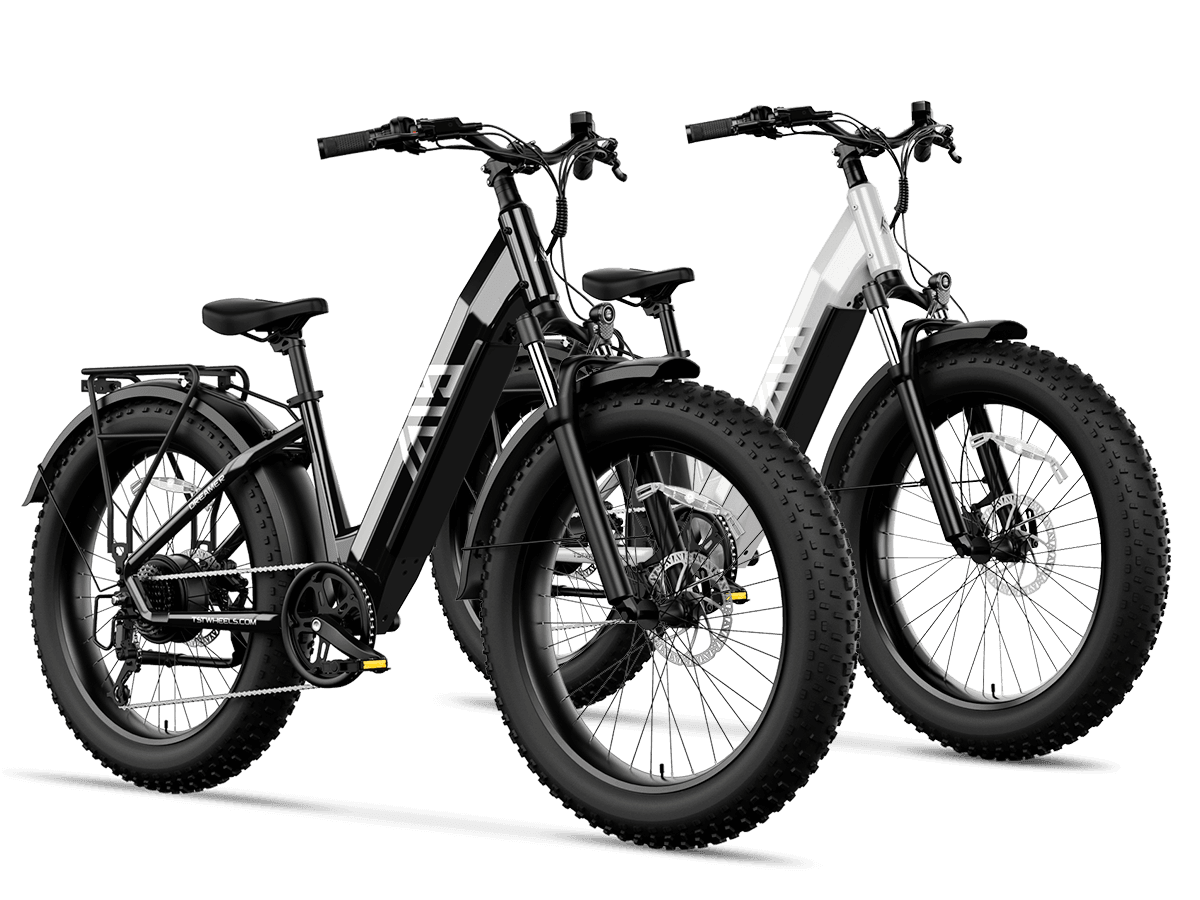
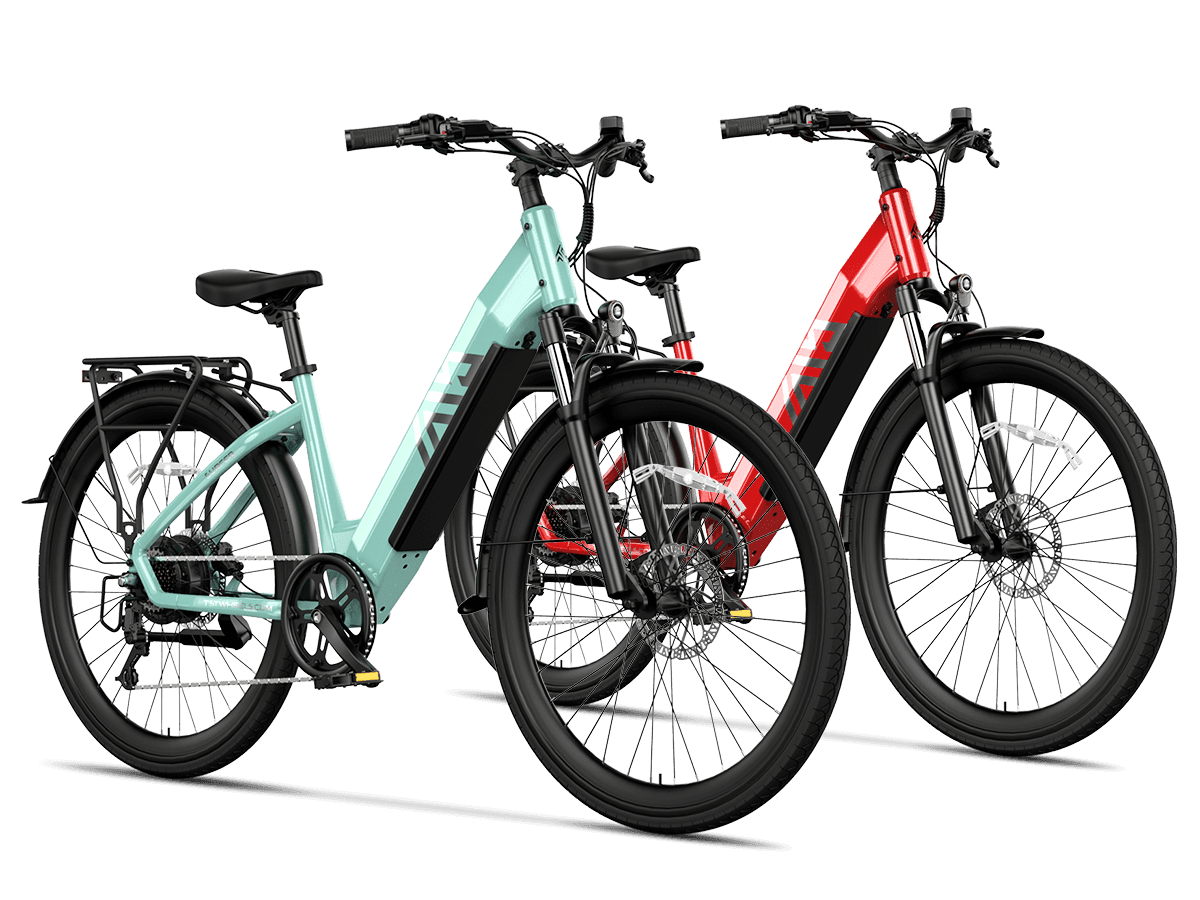
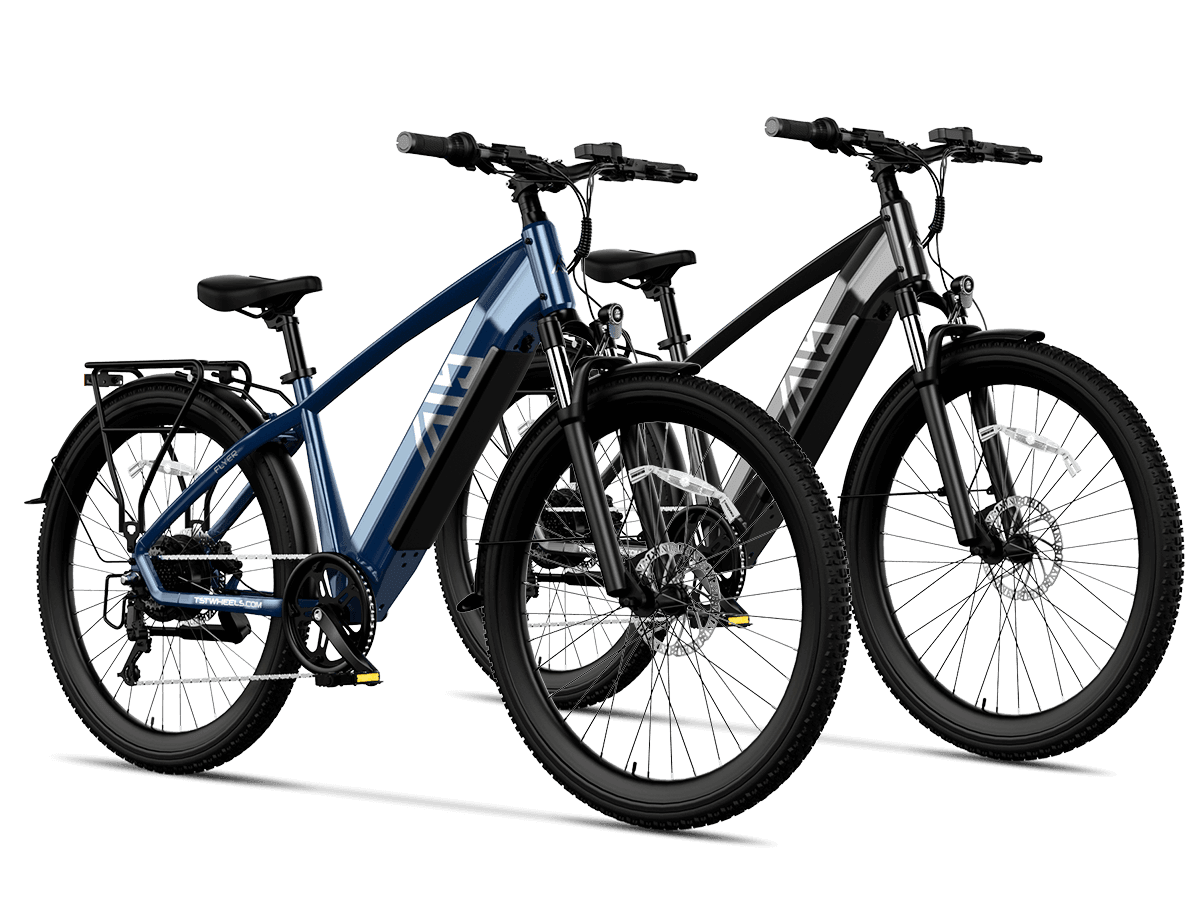
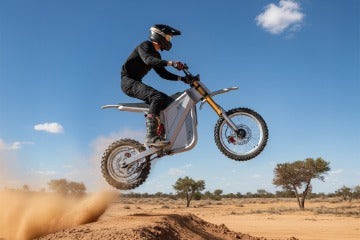
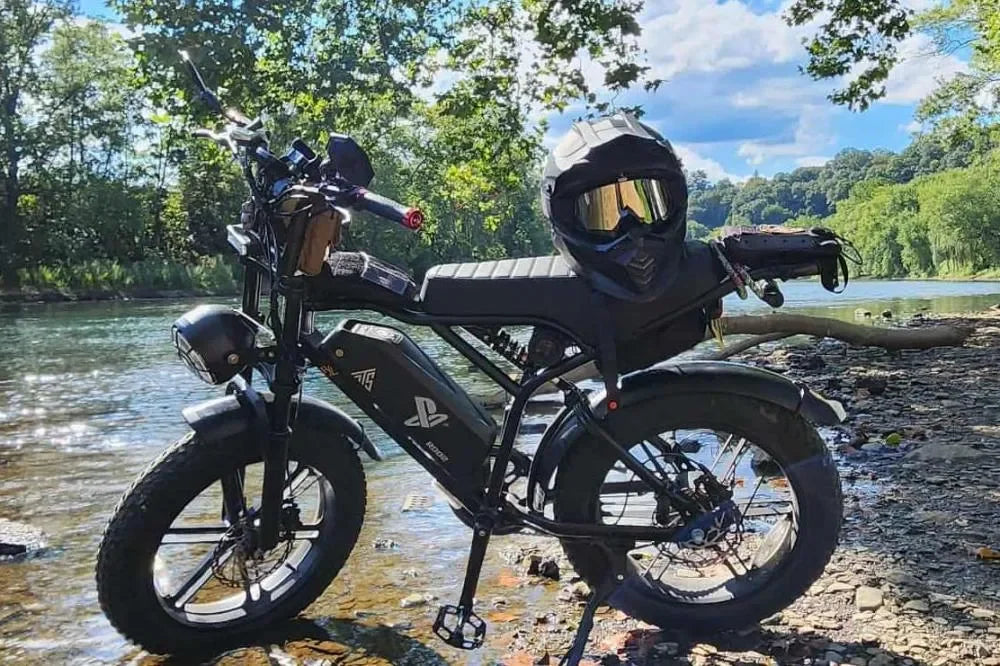


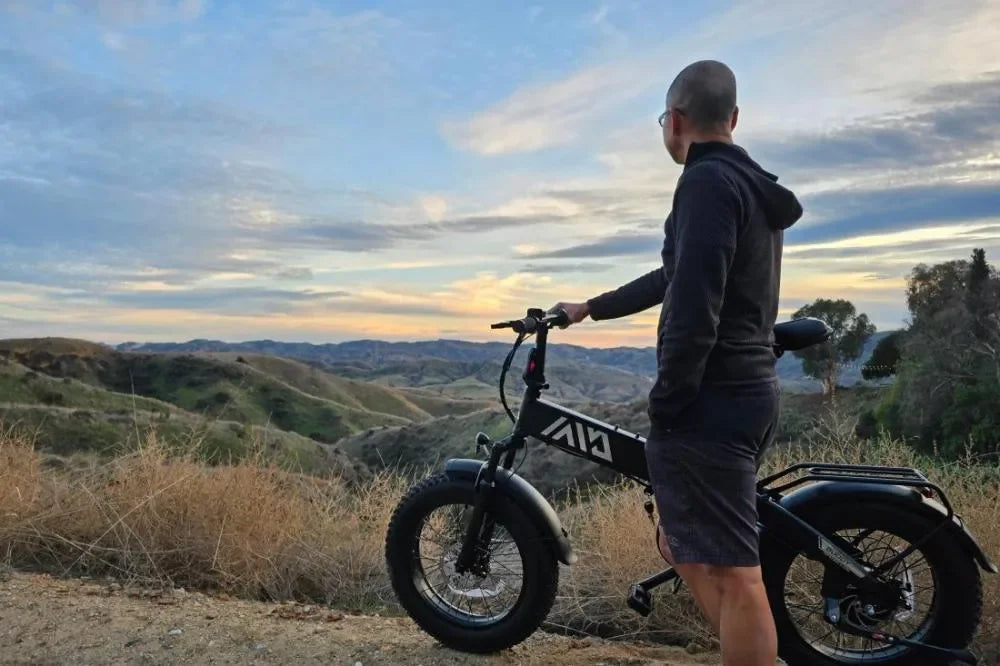
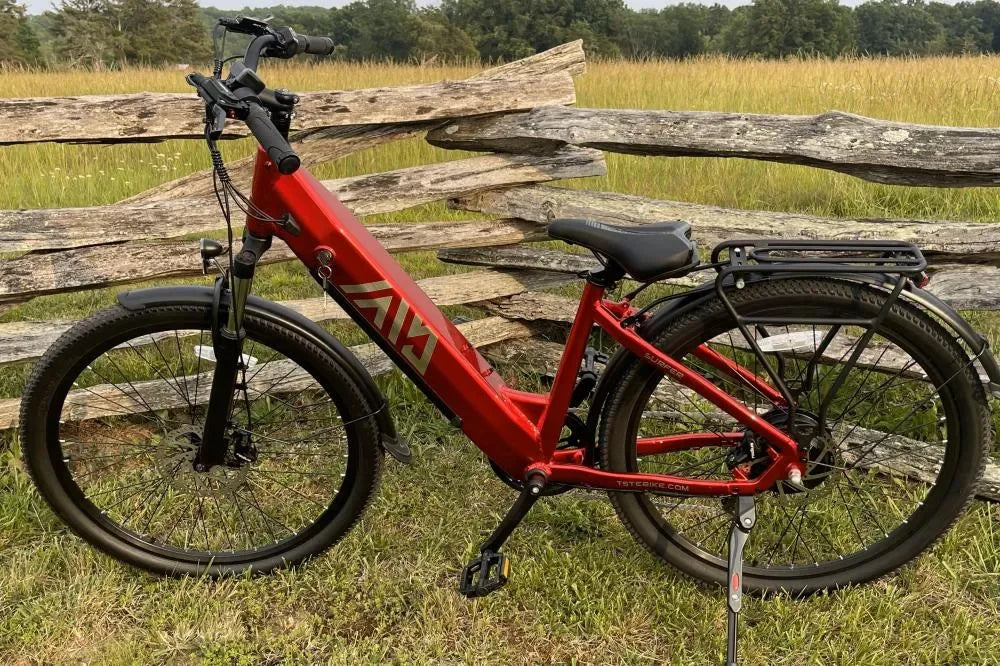
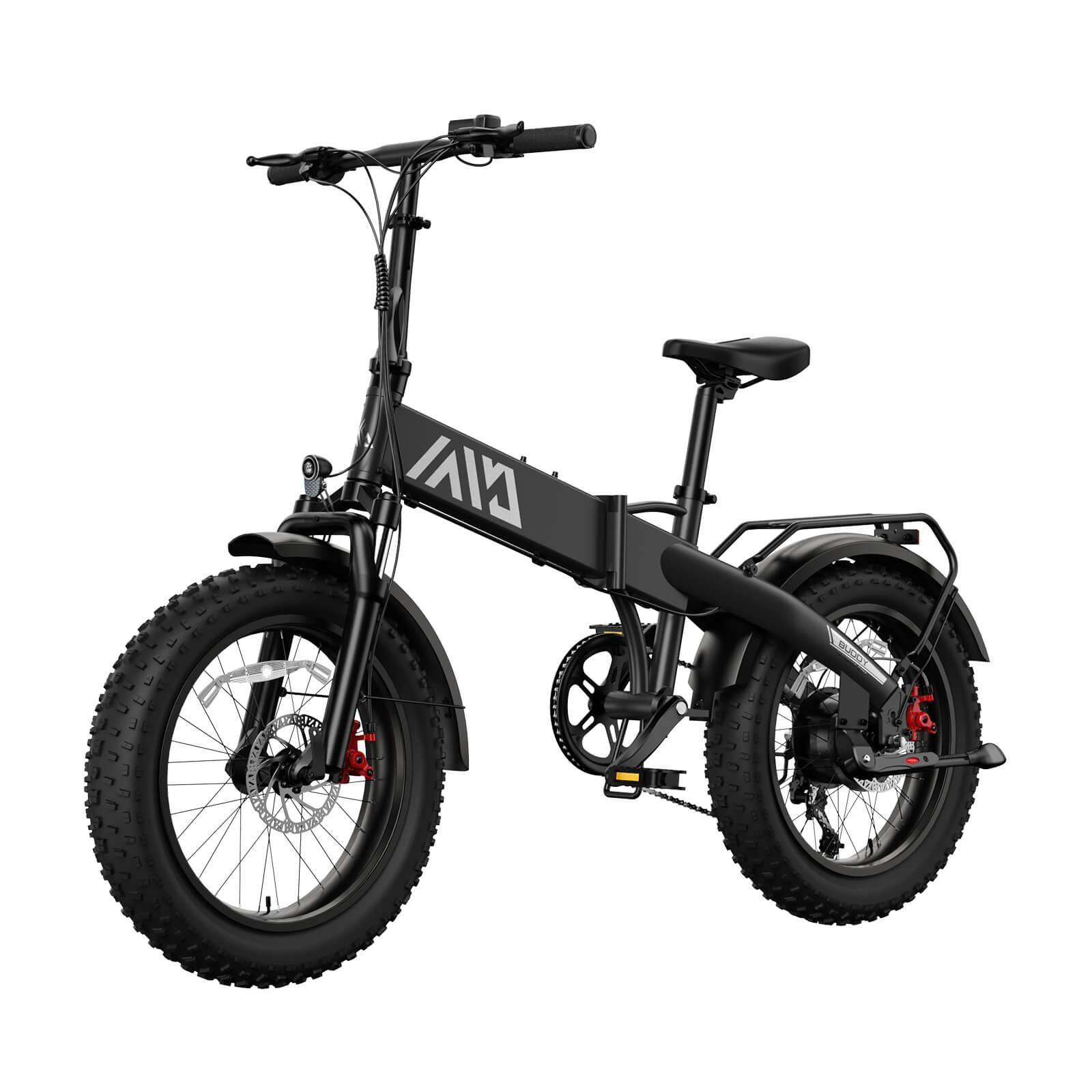
Leave a comment
This site is protected by hCaptcha and the hCaptcha Privacy Policy and Terms of Service apply.